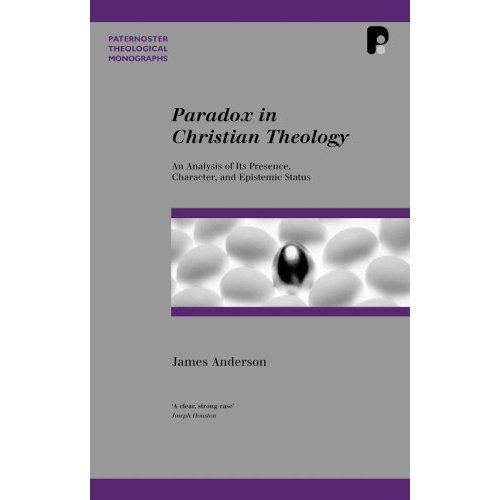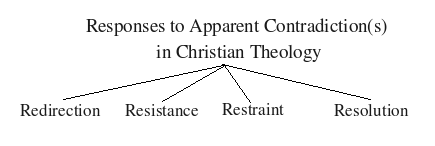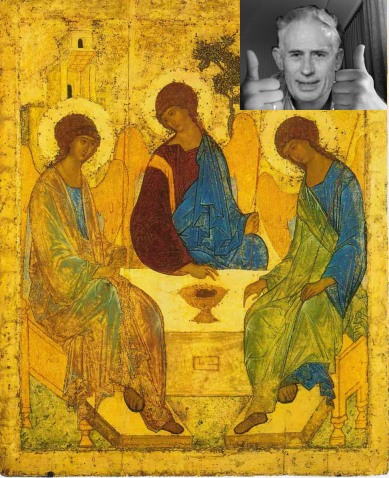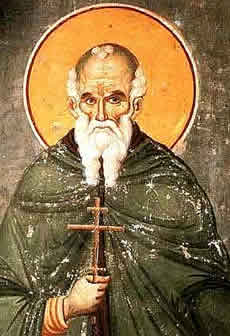Dealing with Apparent Contradictions: Part 18 – Mysteries and the Bible (Dale)

Hombre…RUN!!!!
Enthusiastic positive mysterians tend to be complacent traditionalists about Bible interpretation – that is, people who are pretty sure that their Christian group (e.g. Catholicism, Reformed Christianity, or maybe simply small-c catholicism) has got the Bible (generally) right. There is a reason for this.
The reason is that if you’re trying to reason your way towards the correct interpretation of some passage, rather than rest on the laurels of hoary precedent, then it looks like a show-stopper if your proposed interpretation seems self-contradictory (positive mysterianism), or unintelligible (negative mysterianism).Read More »Dealing with Apparent Contradictions: Part 18 – Mysteries and the Bible (Dale)













